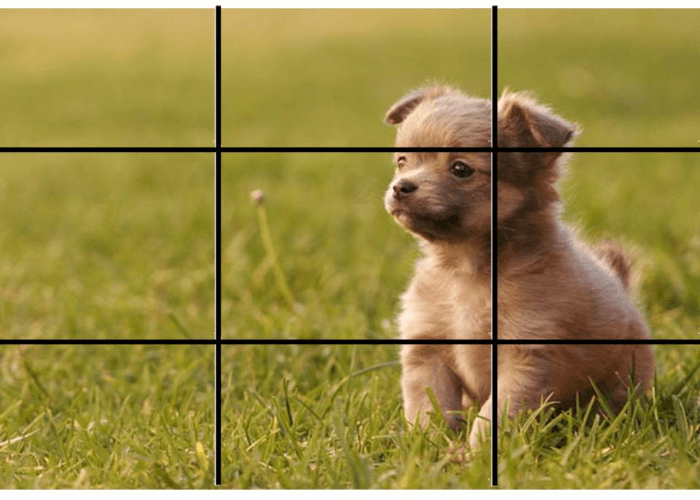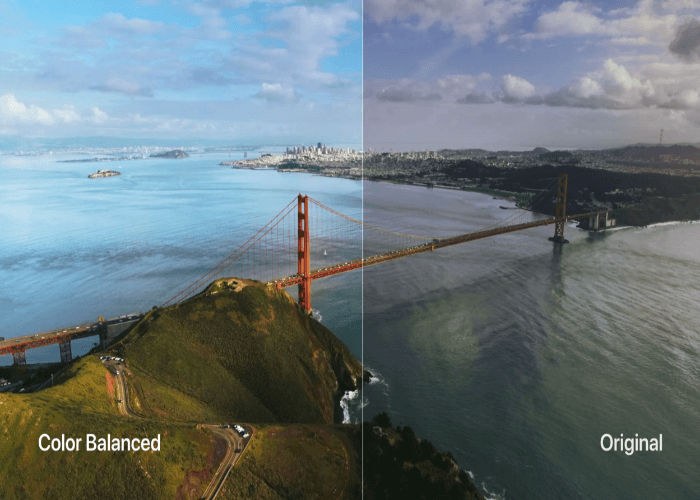Balance in photography is the most underrated concept nowadays despite being the crucial factor in how users perceive the image. Since its an abstract concept, it is not easily grasped by the new age photographers.
This article will tell you all you need to know about balance in photography and why you should incorporate it into your photography skills.
Let’s get started!
What is Balance in Photography?
A photo is supposed to be balanced when all the parts of the picture command equal attention from the viewer, be it the background or the focus subject. An utterly perfect picture is where everything is balanced.
On a deeper level, balance photography gives people a sense of calmness and stability and instils peace of mind.
Before moving on to the different types of balance in photography, let us understand the difference between imbalance and balanced photography.
Imbalance Vs. Balance Photography
Its not about right and wrong in the world of photography. Its what you want to capture and how you want your snapshots to be perceived by your viewers.
For instance, the above-balanced photo conveys the emotions of completeness, a sense of unity and harmony, and portrays a more positive image of the world.
Alternatively, the above photo invokes emotions like disharmony and puts your viewer on edge. If this is your objective, consider using imbalanced photography.
Balance Photography and The Rule of Thirds
The rule of thirds is the most basic yet essential rule to learn in photography. In simple words, you put the main object that you want to capture a little off-center where the upper grid lines meet. It works as it creates visual tension in the viewer’s minds, forcing them to focus on the main subject more than the background.
As the name suggests, 2/3rd of the frame is empty, and the object is limited to the remaining 1/3rd frame, making it visually pleasing by creating a sense of visual balance.
Now that you have your basics covered, let’s move on!
What are the Different Types of Balance in Photography?
1. Formal or Symmetrical Balance
Imagine a frame perfectly divided into two halves by a vertical line in between; that is your formal balance. Its the easiest to learn since that’s how most of us start taking photos in our everyday lives. By dividing the frame equally and putting the object in the proper middle, you emphasize the main subject rather than the background; it is the most common sensical thing to do.
The human brain yearns to see aesthetically pleasing scenery and perfectly balanced images. For this reason, symmetrical balance quickly grabs the viewers’ attention and leaves them in awe.
To achieve symmetrical balance in your photographs, the scene you’re trying to capture must have inherent symmetry, like the building above. The only drawback is the lack of symmetrical objects around us, so this photography art is mainly limited to architectural models.
2. Informal or Asymmetrical Balance
Most people assume that asymmetry is not balanced. It is simply not true, at least in the world of photography. Asymmetry and balance can co-exist to create complex images.
In simple terms, the frame in the above photo is not equally divided, i.e., asymmetry. However, the picture still looks well put together because the photo’s different elements are in harmony.
To create a wonderful asymmetrical balanced photo, the principle of the Rule of Thirds can be applied to make the shots visually appealing to the human eyes.
For achieving asymmetrical balance, the frame must have objects other than the main object that can successfully balance the visual weight of the main subject.
3. Tonal Balance
Every color has its tonality, often called shades of color. For instance, white has off-white, cream, eggshell, ivory, etc. The tonal balance plays on the similar principle that every shot captured has an inherent tone, and the photo should be perfectly balanced concerning the colors and the tones used. Tonal balance is mainly used in black-and-white photography so that the image carries an almost equal amount of visual weight.
In the above picture, the shades of black are perfectly balanced with the shades of white, resulting in a tonally balanced snapshot of the open water. Even though the black area is visibly more, it seems perfectly balanced with the white due to the high intensity of the tones of the white color used.
4. Color Balance
As the name suggests, it is a technique of balancing different colors in a snapshot to make the photo look more put together. It is a general principle that lighter and more muted shades should balance the shiny or bright colors to achieve the optimum color balance.
More often than not, it is not possible to have a view in sight that is already color balanced, but it can be very well taken care of in the editing process.
In the above picture, the left side that is color balanced has more vibrant colors, and the overall tones of blue and green seem to balance each other out, making it a perfect capture of the Golden Gate Bridge.
Always remember that the brighter colors, even if occupying the same space as muted colors, appear to take more visual weight and catch the viewer’s attention quicker than the muted shades. So make sure to edit the photos so bright colors don’t overpower the entire snapshot.
5. Conceptual Balance
It is the game of balancing the concepts. For example, an abstract concept relates to history, time, knowledge, love, etc. In this type, the focus is shifted from balancing the objects to balancing ideas and meanings. For instance, the above picture depicts two extreme sides of industrialization, i.e., a newly built skyscraper on the right with glass furnishings against an old building whose paint has been scraped off due to the course of time.
The above picture accurately shows the two philosophical opposites in one single frame. This landscape is challenging to find and requires a keen eye to observe the surroundings. Unfortunately, this balance is not very widely used. However, it can be a great addition to your skillset if you want to showcase society’s subtle ironies and differences. For instance, you can capture a photo of a slum adjacent to a luxury apartment, accurately portraying the social and economic inequalities lying dormant in society.
Tips to Take Your Balance Photography Skills to the Next Level
Balancing in photography can be challenging, but following these tips will surely set you on the right path toward this new skill. Let’s look at the following:
1. Using Contrast
In photography, contrast can be used in size, color, texture, concept, etc. For instance, you can pair a large object with a small one to balance the shot. Moreover, different hues of various colors can be contrasted against each other to achieve a delicate balance.
2. Analysing your Subject
The main subject is the cornerstone of any frame. Its always better to ensure that the main subject is highlighted and differentiated from the other visual elements of the post. If the main subject is cluttered with other features in the frame, it produces too much noise in the photograph that doesn’t look appealing.
3. Incorporating the Rule of Thirds
Following the Rule of Thirds is like a quick hack to achieve balance in a frame. Even though this rule works perfectly in both shooting styles, portrait and landscape. However, the landscape mode and natural aesthetic scenery enhance the structure.
4. Taking a Lot of Photos
It is always fruitful to take burst photos because frames change every second. So be sure to capture many of them. You can later delete the extra images you captured in the editing part. On the other hand, if you catch only one photo and solely rely on it, you might get disappointed with the output even when every setting of your camera and the scene’s layout seem picture perfect.
5. Editing
Raw images rarely turn out to be perfect. However, they have many potentials, which you must hone during editing. Editing is not a luxury but a necessity, even more so when balancing your photo. During editing, you can adjust the color balance, dull out the noise, and so much more to make the image balanced.
Balancing: A Critical Aspect of Photography
Balancing is a skill that every photographer needs to master. When done correctly, it can turn an ordinary photo into a work of art, evoking confidence and telling a story. However, achieving balance in photography requires skill, experimentation, and a keen eye for detail. Using the tips and techniques discussed in this article, you can improve your balancing skills and take your photography to the next level.
So go out, practice, and start taking stunningly balanced photographs!














Leave a Reply